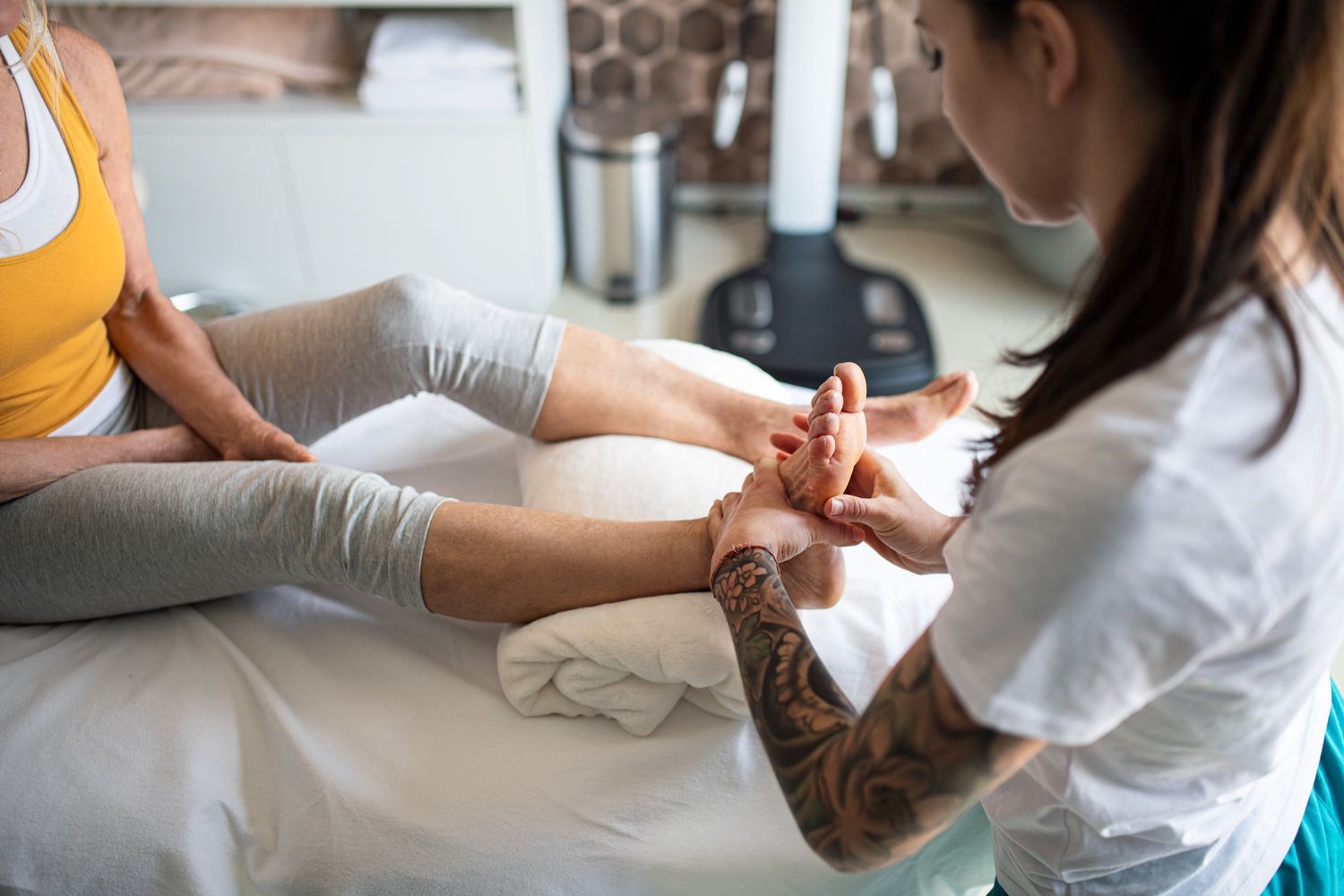Plantar Fasciitis Symptoms and Home Remedy: Simple and Proven Cure at Home

Inflammatory damage of the plantar fascia (รองช้ำ, which is the term in Thai) is a common cause of heel pain. This tricky ring of tissue runs from the heel bone to the tips of the toes.
You will experience sharp discomfort during the day’s first steps. The pain typically reduces as you walk. But it could return if you stand for a long time.
The origins of painful heels are unknown. Runners and overweight people appear to be at increased risk.
What Are the Most Common Signs of Plantar Fasciitis?
People typically report pain in the bottom of their heels or mid feet. Although it is uncommon, it can affect both feet.
The pain typically worsens over time. Some people report feeling a burning or soreness in their feet. Mornings and after long periods of inactivity tend to be the worst for this kind of discomfort.
Climbing stairs might be complicated owing to heel stiffness. Increased irritation or inflammation may be to blame for the discomfort after a prolonged exercise. Sufferers often report no pain until they have stopped their training.
Sometimes, practicing the same exercises can trigger the cause. So mix your training with different forms of sports.
How Do you Treat Plantar Fasciitis?
- Invest in shoes with low heels, a sturdy sole, a supportive arch, and plenty of padding.
- To reduce pain and swelling, put an ice pack on the injured region for 15 minutes.
- Over-the-counter pain medications and anti-inflammatories like nonsteroidal anti-inflammatory medicines (NSAIDs) are highly effective.
- Use a walking boot to support your foot and relieve stress on your plantar fascia for a few weeks. Your doctor determines the recommended duration of boot use.
- The muscles in your feet and calves can benefit from regular massage and stretching, which your physiotherapist will demonstrate to you.
- Sometimes, doctors recommend injecting anti-inflammatory drugs or corticosteroids.
- Your doctor may inject PRP, or platelet-rich plasma, into injured areas to promote healing and restoration.
- Shockwave therapy is one application of extracorporeal pulse activation technology (EPAT). To improve circulation to the plantar fascia, your healthcare professional will use focused acoustic waves (sound waves). It helps it recover more quickly.
- You can take the help of needle therapy. During a percutaneous tenotomy, the doctor makes a small incision in the heel and inserts a needle into the calcaneus muscle. Your body responds by sending extra blood to the site, speeding up healing.
Are you curious to know if Plantar Facilities can be the cause of your foot pain? Read more on this article https://rayofhealth.sg/articles/plantar-fasciitis/ by Ray of Health.